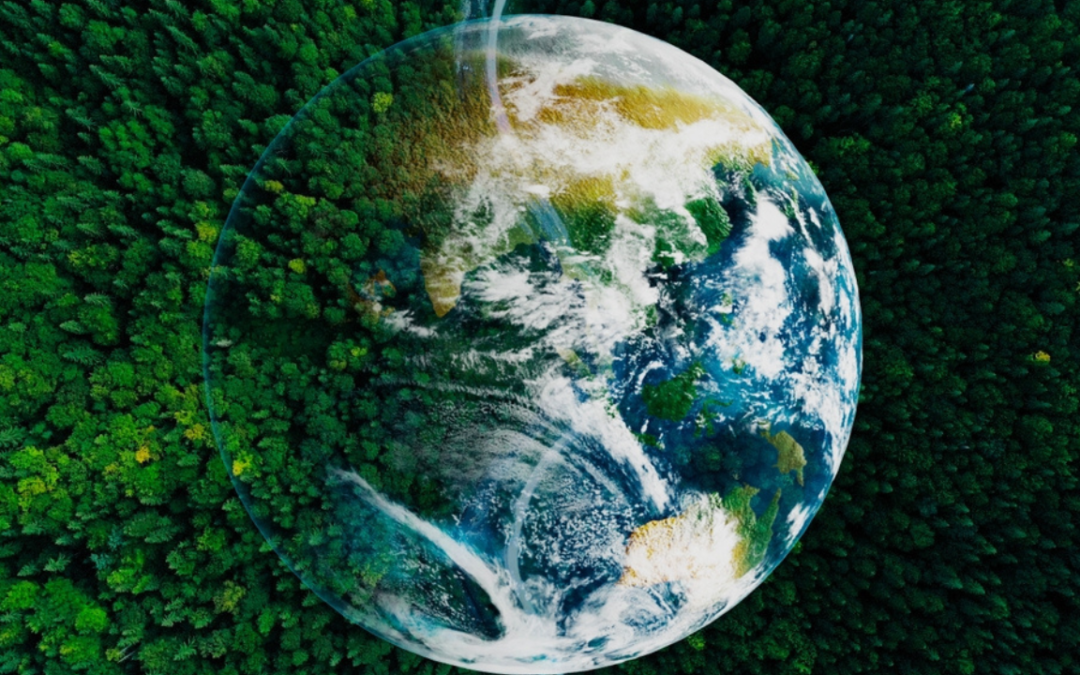Ch-ch-ch-ch-changes
David Bowie
Turn and face the strange
Ch-ch-changes
There’s gonna have to be a different man
We step out of our homes today, onto the street and into our surroundings, just as we used to. But the space we considered outdoors has a different set of rules of engagement. We have to readjust our sight, our limbs, and our entire bodies and movements to a new habitat, with new guidelines. Clearly, things have changed. Social distancing has become a new requirement for our way of movement. We are used to politely allowing space between us and others when entering a pathway or crossing the street. But this is different.
Fortunately, there is way we can reframe this newfound existence by learning from museum spaces and curatorial practice. In this world the power of placement – of ourselves and objects – is carefully choreographed for the benefit of both the artefact and its audience.
Much of my early life was spent in museums, particularly at the Kimbell Art Museum in Fort Worth, Texas, where my eye was trained. I was introduced to the compositions of Manet, de la Tour, Jawlensky, Gauguin, Picasso, Courbet. Most of my weekends, following ballet class, were spent revisiting the Kimbell’s immaculate collection, set deep in the heart of Texas, which inspired me to pursue a career in Museum Exhibition Curation.
The word curating is derived from Latin curare, which means ‘to take care’. In essence, to curate is to care for, and is generally associated with taking care of a collection of artefacts within a museum or a private collection. Additionally, it is a skill, an approach and methodology most widely used in the Arts and Culture context of exhibition-making, whether in museums, performance venues or at cultural events. Curation has had a revival as a term, now used across a wide range of disciplines, fields and locations – the curation of food, of music, fashion and cities.
In the context of Covid-19, I believe curare can be employed as a fundamentally helpful means of taking care of ourselves and those around us.
Drawing from the museum world, there are elements of life and movement within a carefully curated exhibition that we all might be able to learn from when rethinking social distancing. We are used to entering a museum with an a-priori ‘Careful Do Not Touch’ ordinance. We keep a distance when viewing an art work, an archaeological artefact or a natural history specimen. We are instructed not to touch, not to approach the object. We are aware of imaginary boundaries or physical ropes surrounding a delicate piece that requires protection. Naturally, we also try to allow for a distance from our fellow viewers, so as not to disturb their viewing experience; we move around them gracefully to view another artefact. This etiquette, taken from the museum world, can reframe our view of social distancing within our new COVID-19 reality, as we become more aware of taking care of each other. Aren’t we all delicate now, don’t we all need protection, and don’t we all now know that we can also protect others by acting appropriately?
Although we are still in the midst of the crisis, our thoughts also turn to the future. Strategies are being devised across the globe to try to put the economy back on track. Similarly, this is a good time to think about the sustainability of the personal adjustments ahead of us. A recent report in Science magazine predicts there will be recurring cases of COVID-19 through 2024 and that social distancing will become a seasonal call to action. Our lives are unlikely to return to the way they used to be, and our best predictions tell us the virus will be our new normal for years.
From the boardroom to the classroom to the gym, all our spaces will need reframing and a reconsideration of how to position participants and objects for health and wellbeing. Technology, like thermal imaging and fever apps will help us, but it is our most basic natural physical behaviour that will be most important. Anyone who dances, exercises, or practices a routine movement regime knows that our bodies learn, we have muscle memory, and this helps us navigate space smoothly from one position to another. So, now we have to train our bodies to move within a newly defined space, the Covid 19 space. Isn’t it poetic to consider that in our most beautiful man-made spaces, we can find help in navigating this challenging future?
Featured Image from Ferris Bueller’s Day Off



